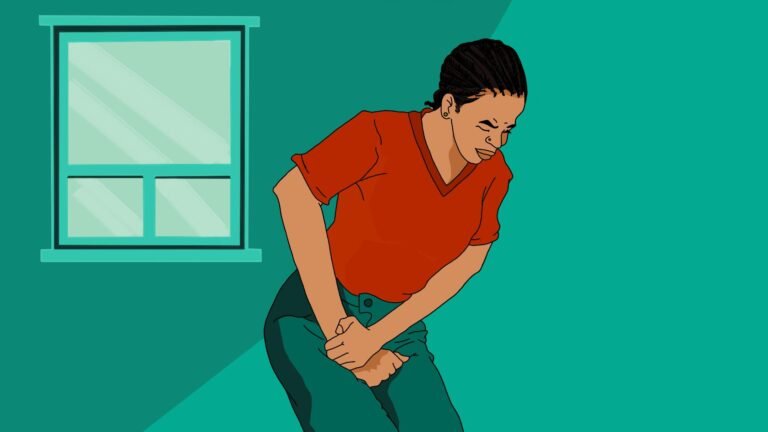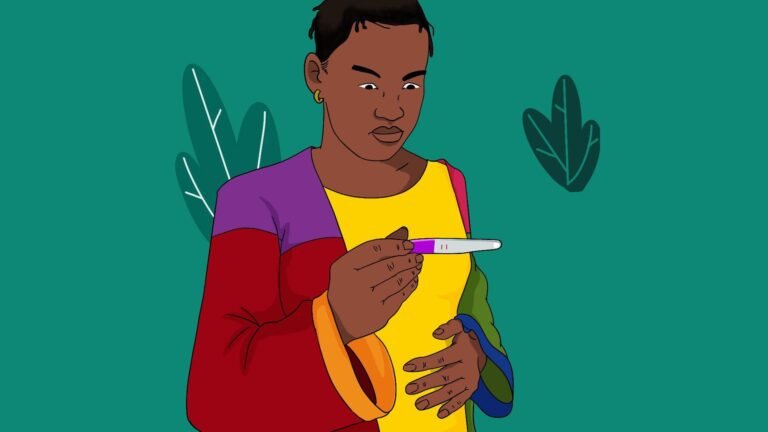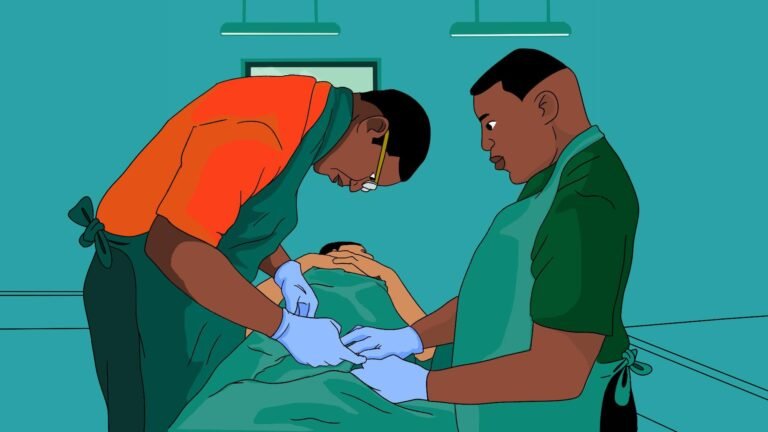
Vaginal Infection
What is vaginal infection?
Vaginal infection or vulvovaginitis describes inflammation of both your vagina and vulva, the external part of your genitals. These infections can happen at any time, but they’re most common during your reproductive years, or your late teens to early 40s. You can develop a vaginal infection without having sex. In other words, vaginitis is not the same as a sexually transmitted infection (STI), though certain types of sexual activity can sometimes factor in.
What are the symptoms of a vaginal infection?
Symptoms may not always be noticeable; they include vaginal itching and burning; vaginal soreness and discomfort; inflamed, flushed, or swollen skin around your vagina and vulva; a change in the amount of vaginal discharge; a change in the color of vaginal discharge; pain or burning during urination; pain during penetrative vaginal sex; vaginal bleeding or spotting. Some common types include:
- Bacterial vaginosis (BV). BV often causes a thin grayish-white, greenish, or yellow discharge. This discharge can have a fish-like odor that tends to become stronger after penetrative vaginal sex. You may not notice much itching.
- Yeast infections/White. Usually caused by a fungus called candida albicans. These commonly involve vaginal and vulval itching, soreness, and burning. With yeast infections, you might also notice swelling in the labia, or the folds of skin on the outside of your vagina. Any discharge will usually be white and lumpy, with a texture that some say resembles cottage cheese.
- Trichomoniasis. This infection typically causes both vaginal itching and a fish-like odor. Along with a greenish-yellow, frothy discharge, you might also notice swelling, irritation, and inflammation in your vagina and vulva. Other symptoms of trichomoniasis include pain during vaginal sex, lower abdominal pain, and burning and pain during urination.
- Atrophic vaginitis. This isn’t an infection, exactly, but it can increase your chances of developing vaginal infections and UTIs. It is associated with vaginal itching, burning, dryness and changes in discharge.
What are the treatments for a vaginal infection?
- Metronidazole (in tablet, cream, or gel form) or clindamycin (in cream or gel form) to treat a bacterial infection
- Antifungal creams or suppositories to treat a yeast infection. You can also purchase yeast infection medications without a prescription at your local pharmacy or drugstore, but you’ll want to connect with a healthcare professional if the infection doesn’t go away or if it keeps coming back
- Estrogen creams or tablets to help treat severe vaginal dryness and irritation associated with atrophic vaginitis
Healthcare professionals will usually also recommend avoiding irritants, such as strong or perfumed soap, vaginal wipes, scented tampons or pads, and douches. Plain water is the best for cleaning the vagina (the inner part), any other product or fragrance can kill healthy bacteria in your vagina and make infection more likely. Flushing your vagina with a mixture of water and vinegar, baking soda, iodine, or other antiseptic ingredients reduces healthy bacteria in your vagina, making infections more likely.Washing your vagina with soap and body wash, or spraying it with perfume, can also disrupt its natural pH. Tight fitting panties can also cause similar effects.






